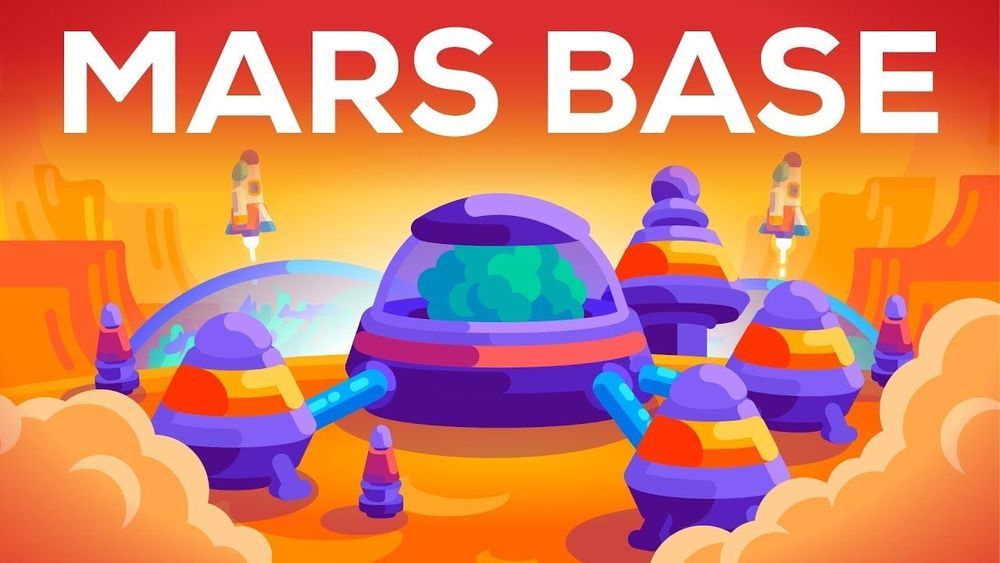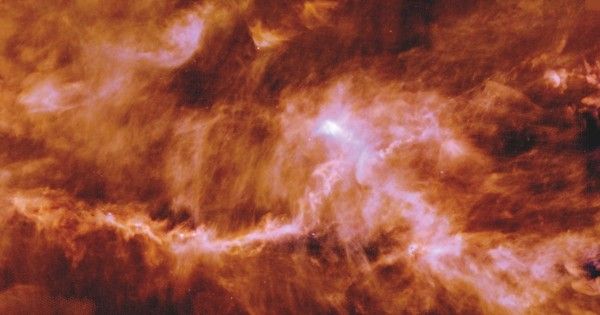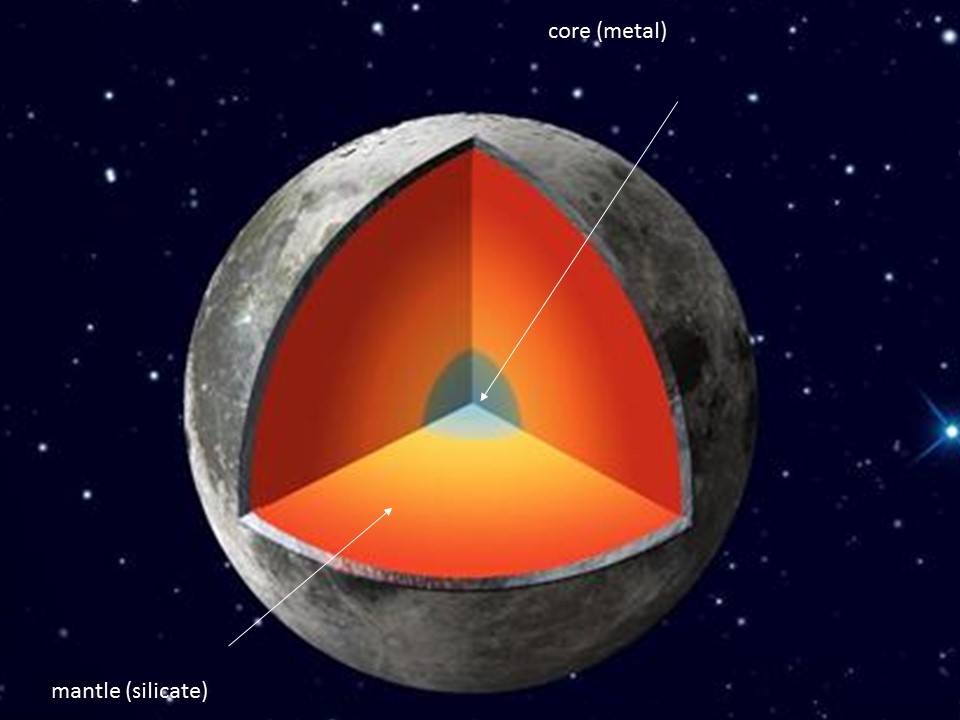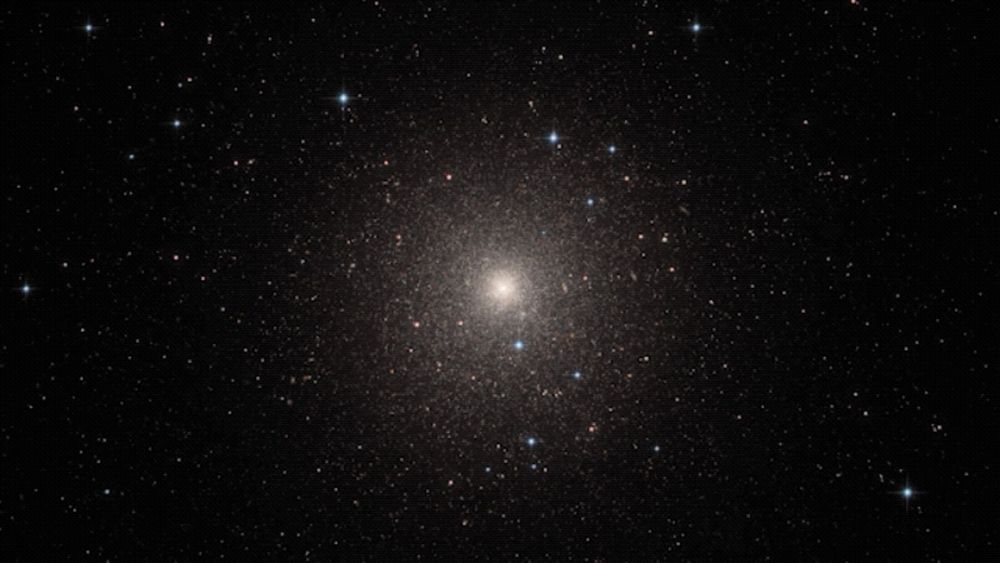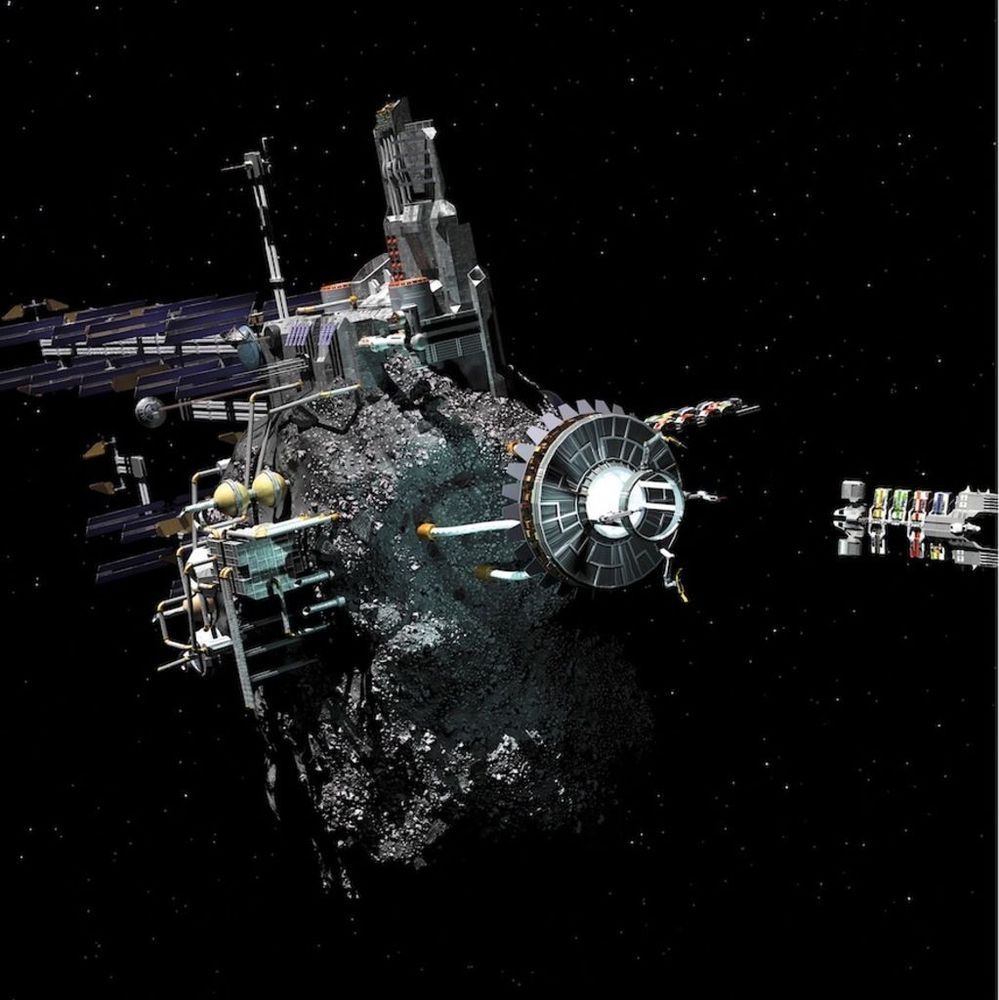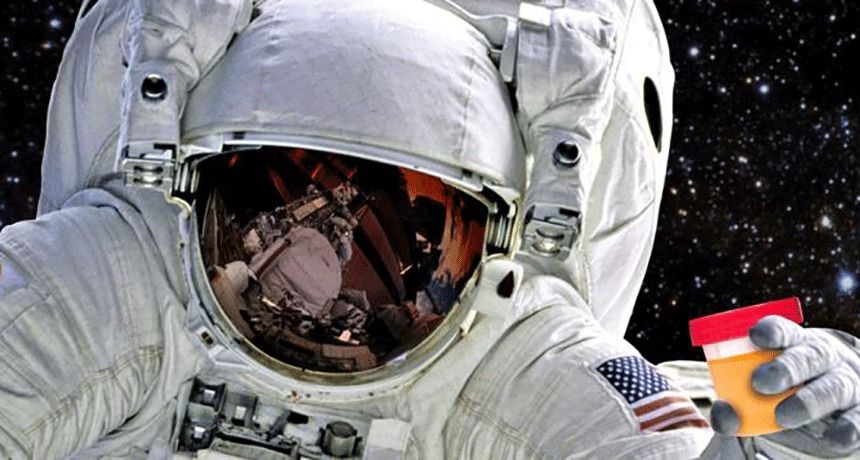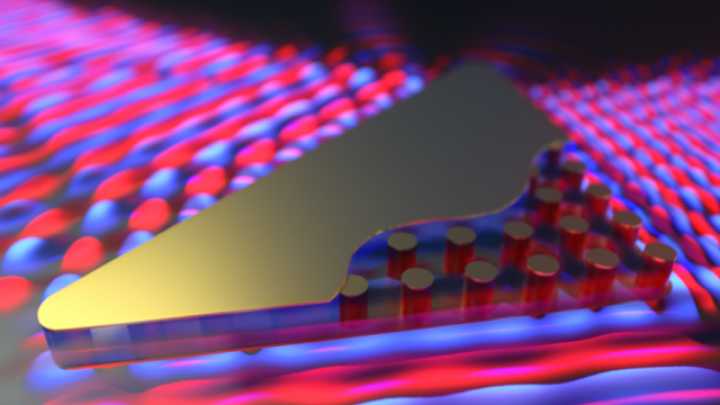This animation video provides a good summary, about the challenges that need to be solved in order to establish an outpost on #Mars
To support Kurzgesagt and learn more about Brilliant, go to https://www.brilliant.org/nutshell and sign up for free. The first 688 people that go to that link will get 20% off the annual Premium subscription.
Get your Mars Base Poster here: https://standard.tv/collections/in-a-nutshell/products/in-a-nutshell-mars-poster
Humans love to explore. Strangely enough even horrible places – like Mars. Let’s see how building a Mars base could work and how insanely nerve-wracking exactly it would be.
Sources & Further Reading:
https://sites.google.com/view/sourcesmars/
Support us on Patreon so we can make more videos (and get cool stuff in return): https://www.patreon.com/Kurzgesagt?ty=h
Kurzgesagt Newsletter: http://eepurl.com/cRUQxz
Kurzgesagt Merch: https://bit.ly/2GeuQxZ
Twitter: http://bit.ly/2DDeT83
Instagram: http://bit.ly/2DEN7r3
Facebook: http://bit.ly/1NB6U5O
Discord: https://discord.gg/cB7ycdv
The music of the video here:
Soundcloud: https://bit.ly/2TqO6jh
Bandcamp: https://bit.ly/2S5YzDY
Youtube: https://bit.ly/2CZ6PeN
Facebook: http://bit.ly/2qW6bY4
